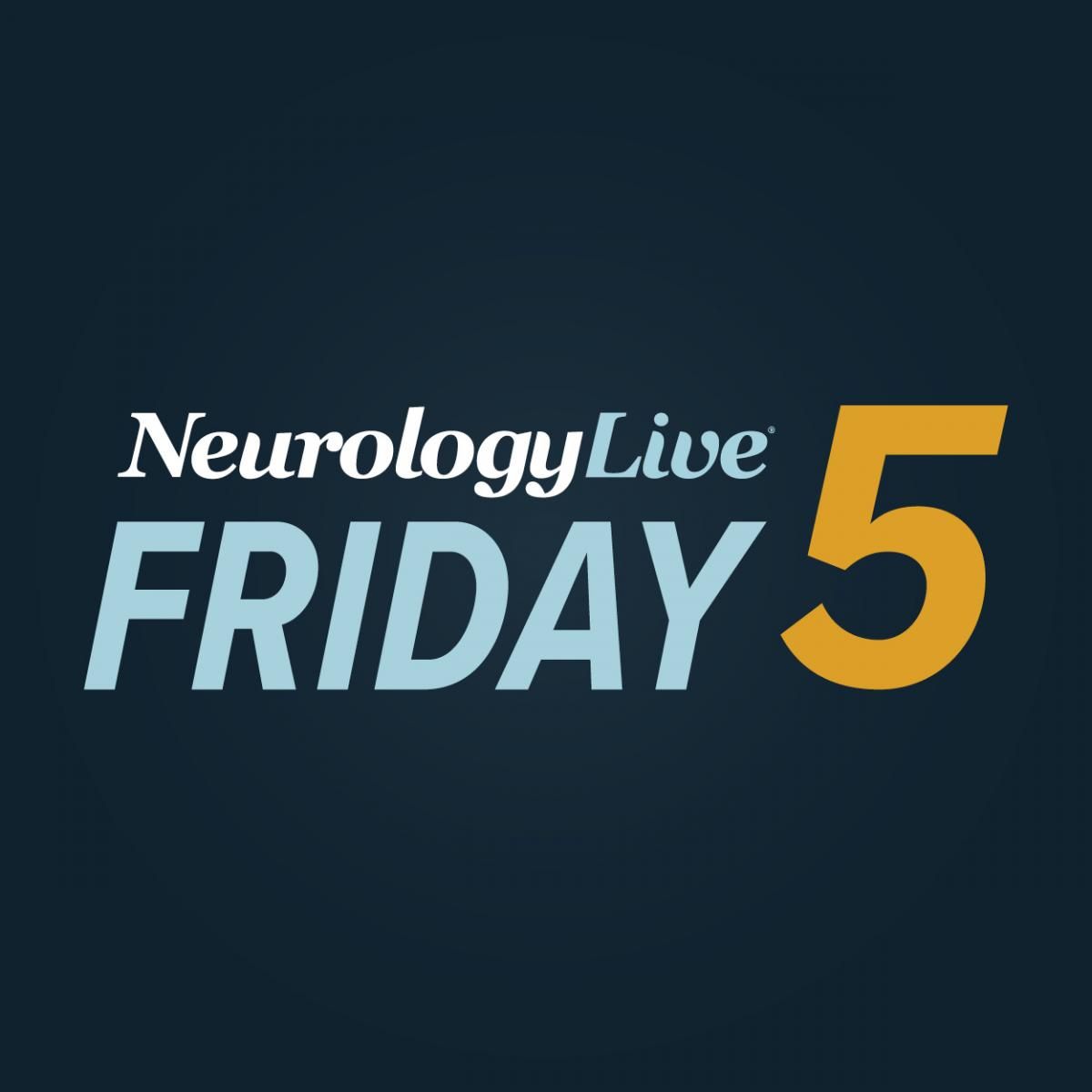Commentary
Video
Understanding the Process Behind Treatment Selection in NMOSD: Tammy Smith, MD, PhD
Author(s):
The assistant professor in the neurology department at the University of Utah in Salt Lake City provided a clinical overview of the new and old therapies for NMOSD, and how clinicians should go about choosing for their patients. [WATCH TIME: 6 minutes]
WATCH TIME: 6 minutes
"Relapses in NMOSD are associated with such significant disability that we can't risk using less effective treatments in this population."
Neuromyelitis optica spectrum disorder (NMOSD) is a chronic, severe, autoimmune demyelinating disease of the central nervous system that primarily affects the spinal cord and optic nerves. NMOSD is considered a rare disease with a global incidence of approximately 0.039-0.73/100,000 and is more prevalent in young and middle-aged females, with a male-to-female incidence ratio of about 1:9. Although NMOSD has a low incidence, it is linked to high relapse rates and disability, leading to worsening neurological function, reduced quality of life, and a significant burden on individuals and society.
Before the availability of disease-modifying therapies (DMT)—which first came in 2019—the treatment for NMOSD focused on acute symptom management, typically using corticosteroids or plasmapheresis for relapses. In 2019, the field broke through with its first approved treatment for aquaporin-4-antibody-positive forms of the disease, giving greenlight to eculizumab (Soliris; Alexion). Shortly after, the FDA approved inebilizumab (Uplizna; Horizon) and satralizumab (Enspryng), allowing for more treatment flexibility with differing mechanisms of action. In 2024, the agency approved ravulizumab (Ultomiris; Alexion), a complement C5 inhibitor, as the latest treatment for those with the disease.
In a recent interview with NeurologyLive®, NMOSD expert Tammy Smith, MD, PhD, provided a comprehensive overview of FDA-approved and off-label treatments for NMOSD, categorizing them based on their mechanisms of action. Smith, an assistant professor in the neurology department at the University of Utah in Salt Lake City, highlighted the newer therapies, including anti-CD19 agents, IL-6 receptor inhibitors, and complement inhibitors, while contrasting these with older treatments like rituximab and azathioprine. Above all, she stressed the need to tailor treatments based on patient preferences, logistical considerations, and safety profiles, noting the importance of vaccination protocols, dosing intervals, and administration routes for the different drug classes.




